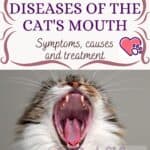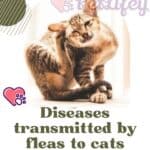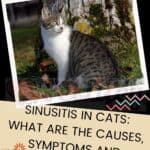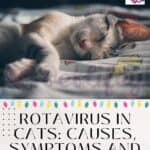Lysosomal storage diseases in cats, a series of rare diseases affecting felines. Let’s see what the causes, symptoms and treatment are.
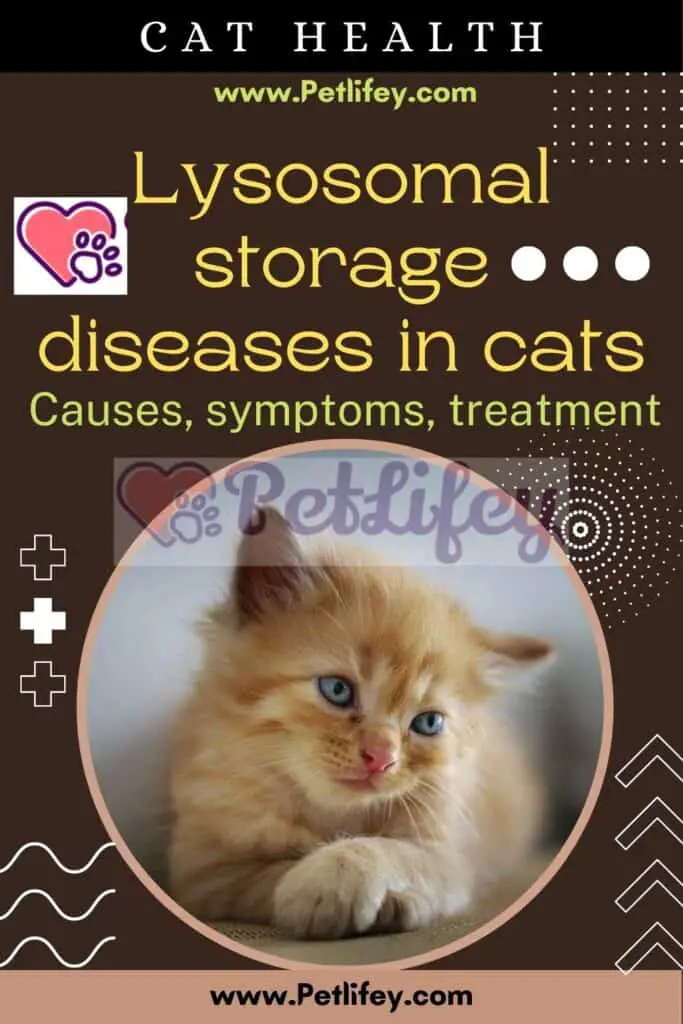
Lysosomal storage diseases in cats mainly affect common European cats, the Siamese, Persian, Balinese and Korat.
These are diseases originating from certain genetic defects. These pathologies are progressive and, unfortunately, lead to the death of the animal.
For this reason, cats diagnosed with hoarding disease should never be destined for mating.
But which are the most frequent? Let’s see the causes, symptoms and treatment for these conditions.
Causes of lysosomal storage diseases in cats
Lysosomal storage diseases in cats are caused by a lack of the enzymes necessary to carry out metabolic functions.
Furthermore, they cause an accumulation of various substances that would be eliminated with the presence of these enzymes.
Instead, they are stored in the tissues, generally of the cat’s nervous system, in atypical quantities, causing swelling of the cells and impairing their functioning.
The most common storage diseases in cats are two:
- lysosomal storage disease;
- glycogenosis (the most affected are the Norwegian Forest cats and consists of an alteration of the gene for the enzyme GBE. Kittens affected by this disease generally die after birth or immediately after. Even if they manage to survive a few months develop muscle atrophy and myocardial weakness which in any case will be fatal).
Symptoms
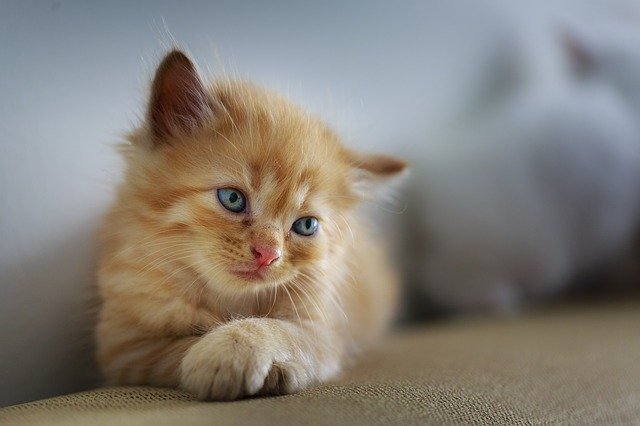
The symptoms that occur due to these pathologies can be multiple and mainly neurological:
- ataxia
- seizures in cats
- stunted growth
- exercise intolerance
- vision problems in cats
- behavioural changes
Diagnosis and treatment of lysosomal storage diseases in cats
In order to make a diagnosis that becomes really complicated in this case, the vet will have to perform certain tests, such as:
- comprehensive blood tests
- urine tests
- radiographs
- abdominal ultrasound
- biopsies
- measurement of enzymatic activity
Unfortunately, there is no specific therapy for this disease. Being of hereditary nature, sick cats and suspected carriers must be strictly removed from breeding.
This is why the treatment for the treatment of accumulation diseases in cats is limited to stabilizing the condition of the animal, to avoiding dehydration and the hypoglycemia of glycogenosis.
For this reason they will be administered via drip, fluids and electrolytes. A dietary plan will be prescribed to ward off hypoglycemia in the cat
Close monitoring will be done carefully , as there is a high risk of developing secondary infections.
Finally, a little rest will be recommended, preferably in a comfortable carrier where the cat is unlikely to get hurt.
It should be emphasized once again that one should avoid using as breeders, even cats with minor defects but still annoying and genetically transmissible.

